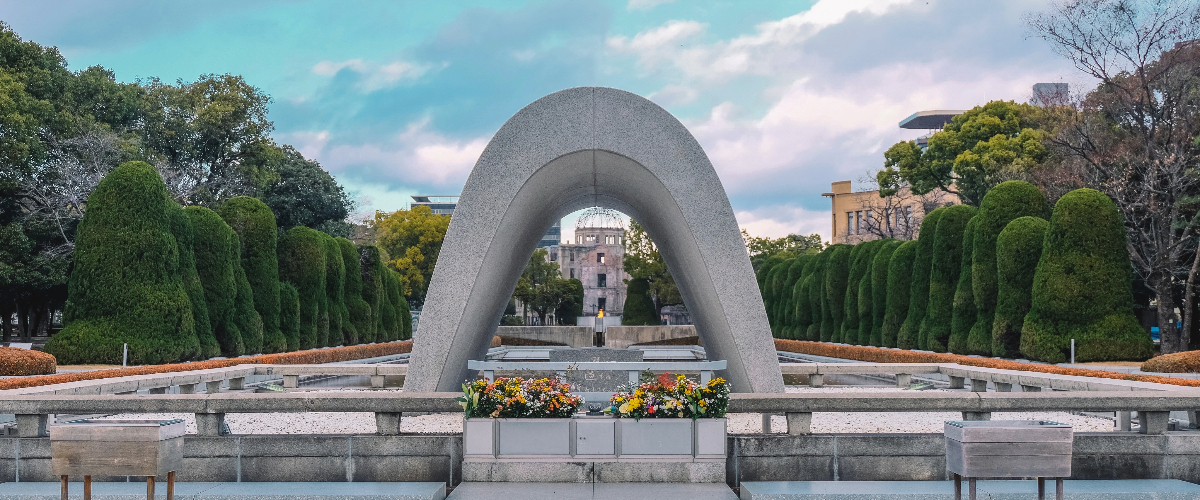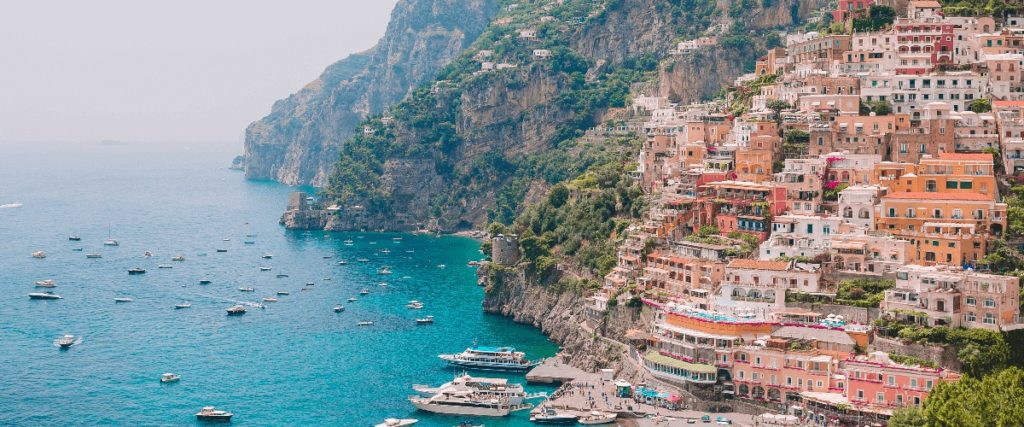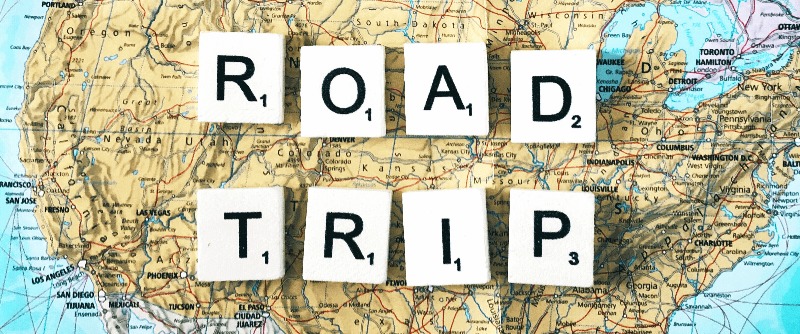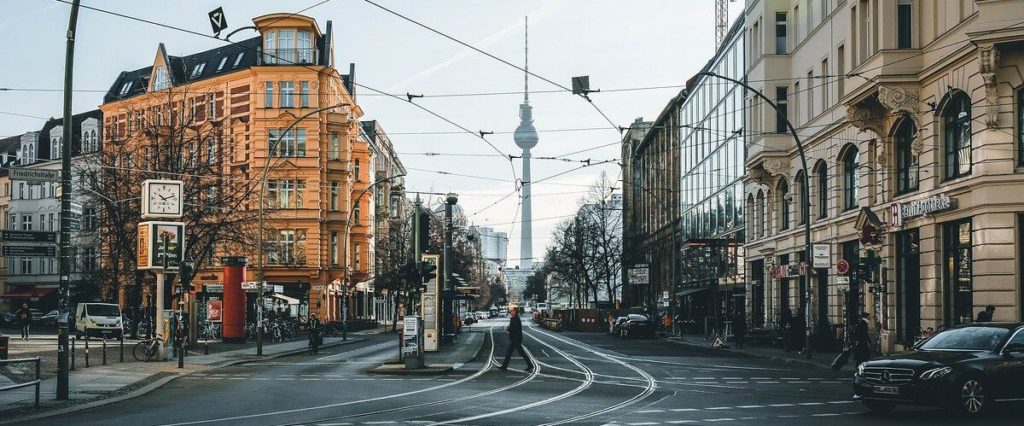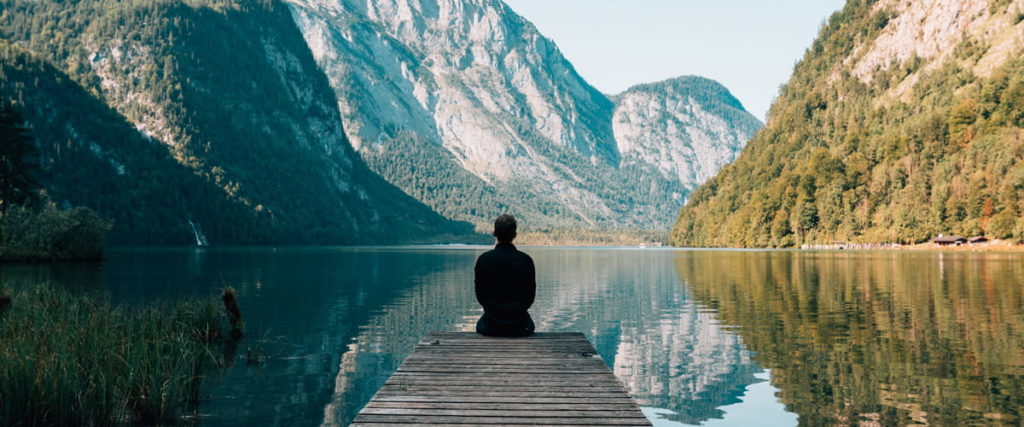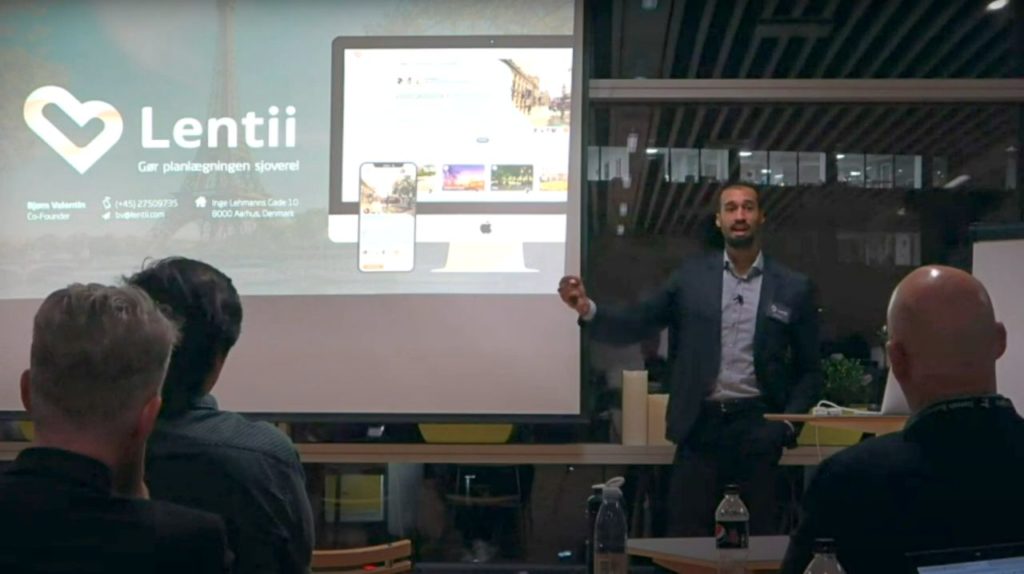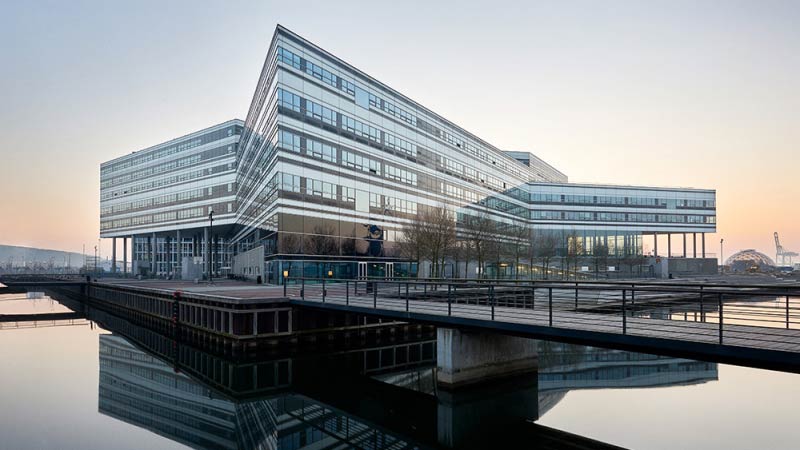Though there have been many triumphant, inventive, and progressive moments in human history, it has also been weighted by dark and tragic events. Events like these have permanently altered our collective memory, and some people use a unique type of travel called “dark tourism” in an effort to comprehend, recall, and learn from them. This article will look into the definition, certain places, and moral implications of dark tourism.
Dark tourism, also known as thanatourism or grief tourism, involves travelling to locations connected to tragedy, death, and suffering. This includes places associated with historic events including natural disasters, wars, genocides, and assassinations, as well as places linked to notorious people like serial murderers. The goal of dark tourism is to engage with and gain a deeper understanding of these uneasy aspects of history, providing visitors with a unique perspective on the past.
Auschwitz-Birkenau Concentration Camp, Poland
Possibly one of the most well-known dark tourism sites, Auschwitz serves as a somber reminder of the Holocaust. Visitors can explore the preserved camp, including its barracks, crematoria and gas chambers. Auschwitz-Birkenau is without a doubt, one of the most haunting and sobering reminders of the Holocaust. Located in Oswiecim, this former Nazi concentration camp served as a site of unimaginable suffering and death during World War II.
Visitors to Auschwitz can explore several significant areas of the site, including Auschwitz I, which houses the infamous “Arbeit Macht Frei” gate that you can see in the photo below, and Auschwitz II (Birkenau), where mass exterminations took place. The Auschwitz-Birkenau State The museum provides deeply moving experience, with exhibits that include the personal items of victims as well as photos documenting the atrocities.

Hiroshima Peace Memorial Park, Japan
This site is a solemn and significant place that serves as a symbol of peace, remembrance and a call for the abolition of nuclear weapons. At its heart lies the iconic A-Bomb Dome, a building that miraculously survived the atomic bombing of August 6, 1945, and has since become a UNESCO World Heritage Site.
Originally known as the Hiroshima Industrial Promotion Hall, the A-Bomb Dome is a testament to the destructive force of nuclear weapons. The blast’s epicentre was mere metres away, yet this building’s skeletal remains still stand. It functions as a stark reminder of the horrors of that day and the unwavering commitment to prevent such devastation from occurring in the future.

Srebrenica Genocide Memorial, Bosnia and Herzegovina
Certainly, Srebrenica is a name that evokes one of the darkest chapters in recent European history. Located in Bosnia and Herzegovina, it’s a place forever marked by the tragedy of the Srebrenica genocide, which occurred during the Bosnian War in July 1995.
Srebrenica was designated a United Nations Safe Area during the Bosnian War, intended to protect civilians amid the conflict. In July 1995, however, Bosnian Serb forces commanded by General Ratko Mladi conquered the city. Despite the presence of Dutch peacekeepers, Bosnian Serb forces separated Bosnian Muslim men and boys from women, resulting in Europe’s largest mass killing since World War II.

Dark tourism offers a unique opportunity to engage with the darker chapters of our history, but it also comes with significant ethical considerations that travelers must bear in mind.
First and foremost, it is imperative to approach dark tourism sites with a profound sense of respect for the suffering and tragedy that unfolded there. Many people endure immense pain and loss in these places, and a somber demeanor is essential to honor their memory. While capturing memories through photographs is usually common, it should be done with utmost discretion at dark tourism sites. It’s crucial not to exploit the tragedy for personal gain.
Many dark tourism sites are located where local communities have experienced the repercussions of historical events. Travelers should be mindful of their spending and consider supporting local businesses, as the economic benefits can can aid in the healing and development of the communities. For more information about ethics and responsibility while traveling, visit our blog, How to Conduct Your Traveling Responsibly.
In conclusion, dark tourism provides a unique educational perspective on the past, but requires a respectful and ethically thoughtful approach. By recognising the suffering of the past and engaging with these sites responsibly, travellers can contribute to preserving memory and promoting a more compassionate and just future.

